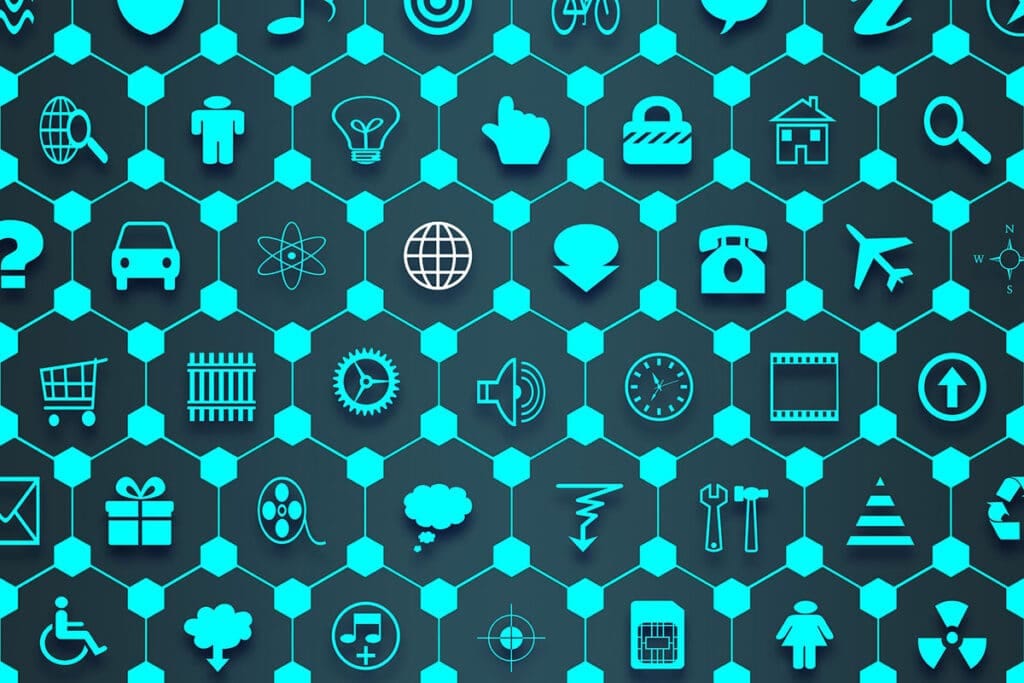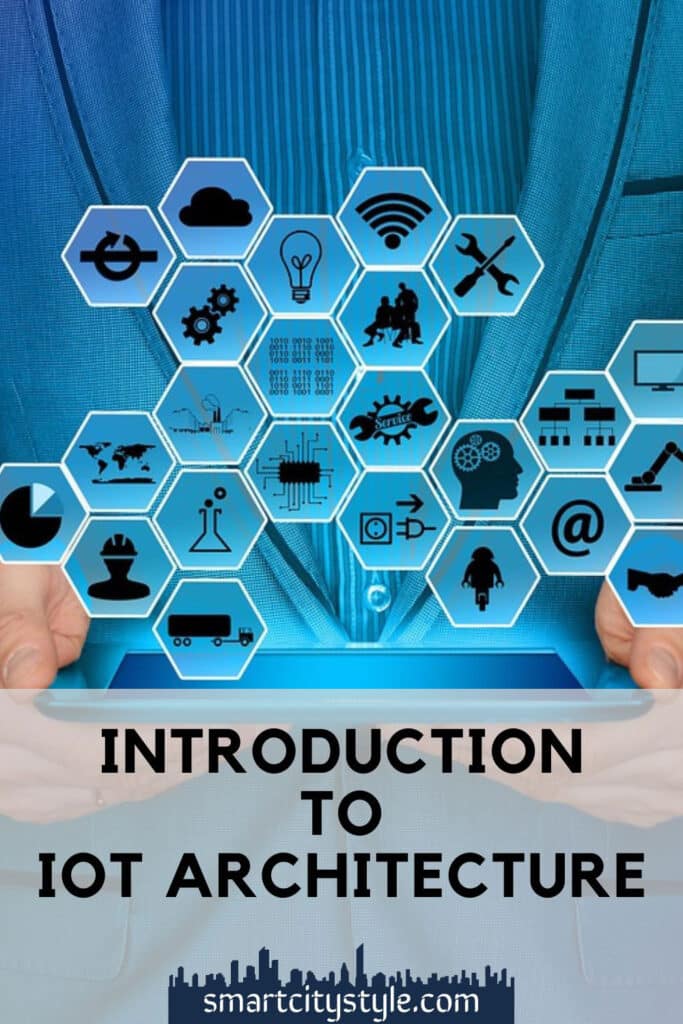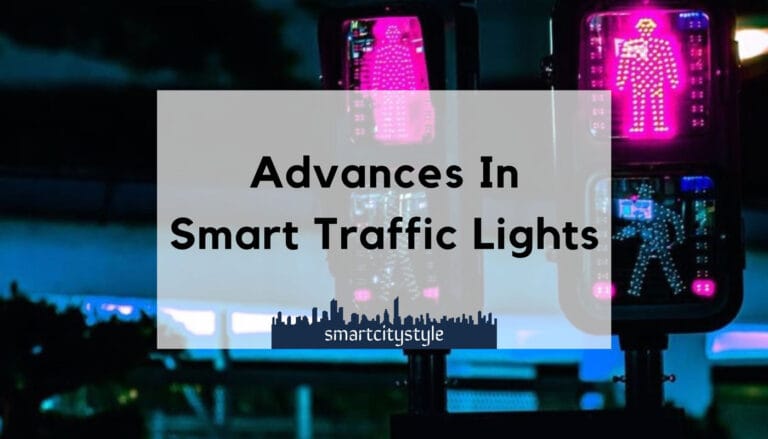What Is IoT Architecture – The Ultimate Guide
IoT architecture refers to the digital framework designed to enable multiple connected devices to operate securely as a single system. It includes the hardware and software working with networking technologies to create scalability and adaptability.
There are many reasons why some of the biggest industries today are either considering implementing IoT technology or have already done so. These systems work, especially if we are looking to create smart cities. IoT processes make industries efficient and, more importantly, safer.
So, what are the fundamentals of IoT architecture? How can IoT work for your life or business?
What is IoT?
IoT stands for “Internet of Things.”
This concept includes a network of smart devices and other technical or mechanical objects, like your car and, in some cases, even the building you live in. These objects have IoT sensors and sophisticated software, making them capable of connecting not only to the internet but also to other smart devices to exchange data and communicate without our interference.
It’s easy to see why most people think of the Internet of Things as nothing but devices with wireless sensors or simple smart home gadgets designed to make our lives easier, like Alexa.
While this is partly true, IoT is much more than just hardware. In its essence, IoT infrastructure is about the exchange and use of big data. Any IoT platform will likely have at least two smart devices connected to it, and all devices produce different amounts of data.

Now, imagine a massive IoT platform with thousands of digital devices connected to, all communicating with each other. You can see how this would produce trillions of bytes of data every day.
The right IoT architecture can not only manage this massive volume of data but also use IoT devices to make our lives easier.
When designed and implemented properly, the right IoT framework enables connected smart devices to perform various automated tasks and improve efficiency and convenience in everything from home automation to healthcare to industrial operations.
What Is IoT Architecture?
IoT architecture is the design and structure of an IoT system, the glue that ensures the devices and systems operate efficiently and securely. It includes:
- The physical devices or “things”
- The network that connects the things and handles their communication
- The software that manages the devices, analyzes and stores data, and interfaces with us, the users
IoT architecture has a number of layers, including the following:
- Device Layer: Also commonly referred to as the “sensor layer,” this is where IoT devices like smart appliances and wearables connect to the network or the internet.
- Connectivity Layer: Technically, this layer is called the “network layer.” It has all the technologies needed to help IoT devices connect to the internet, and therefore other devices or the cloud.
- Data Processing and Analytics Layer: This layer collects and processes the digital data generated by IoT devices. It includes cloud computing infrastructure, IoT platforms, and data analytics tools.
- Security Layer: IoT security keeps the entire system functioning without outside interference, such as hacking or data corruption. This layer ensures the security of the entire IoT solution, as well as its privacy and integrity. It includes authentication, encryption, and access control techniques that prevent unauthorized access and ensure data protection.
- Application Layer: This layer provides an interface for user interaction and device control. It also includes user interfaces such as mobile or web applications that allow us to monitor and control our IoT devices.
The IoT architecture can be either centralized or distributed, depending on how it will be used.
The centralized architecture collects data from IoT devices in a central location like an IoT data center, while the distributed architecture allows data to be processed at the edge or device level.
Both approaches have advantages and trade-offs, and the choice depends on the specific IoT use case.
For example, when you use a centralized IoT network, all of your data is in one location, so it’s easy to manage. You have fewer chances of experiencing any downtime as you only have to deal with one specific server.

But a centralized IoT system architecture could be more secure and more vulnerable to attacks. All a hacker has to do is gain access to the central data storage unit.
Decentralized IoT networks are more secure and transparent. Unfortunately, their most significant disadvantage is that they are pretty challenging to scale.
IoT Architecture Layers
The layers mentioned above are the main components of any robust IoT project. Depending on the kind of IoT project you are considering implementing, you might need more layers than we covered. That is one of the main reasons many IoT solutions have additional layers making the entire system more comprehensive.
Here is a more in-depth look at the different IoT architecture layers or components that make the IoT connectivity process more seamless.
IoT Hardware Components (Physical Layer)
IoT hardware components are the physical devices that interact with the environment, capture data, and send it to the other components within the system.
IoT sensors
As the name suggests, sensors are the smart devices within the IoT network that measure everything, including vibrations in a plane’s engine and your heart rate if you wear a heart monitor.
Once the sensors have measured the specified physical components, they convert that information into data that other components within the IoT system can easily process. For example, when dealing with vehicles, we have humidity sensors, optical sensors, and acceleration sensors.
Actuators
These devices can control physical systems, like motors and switches. We can use them to turn smart lights both on and off, open doors or gates, and control other physical systems.
Controllers
These devices not only process data; they then make decisions based on the data. Controllers are typically programmed to carry out tasks such as controlling the sensors or actuators and communicating with other devices within the IoT system.
IoT Networking Components
IoT networking components connect the devices in the system and enable them to communicate with each other.
The key networking components of an IoT system are:
- Wireless Communication Protocols: Communications between IoT devices are typically wireless. They use protocols like Wi-Fi, Bluetooth, Z-wave. Each IoT protocol has different strengths and weaknesses, and your choice should depend on the specific application.
- IoT Gateway: An IoT gateway or internet gateway is a device that sits between the IoT devices and the cloud or a central server. It helps to manage data traffic, supervise security, and ensure device compatibility.
- Cloud or Central Server: This component offers data processing, management, and storage capabilities and provides an interface for human users to interact with the system. The server can be hosted locally or in the cloud.
- Security: As mentioned, security is one of the biggest concerns in any IoT system. You should implement secure communications, authentication, and encryption protocols to protect the system from unauthorized access and data breaches.
IoT Software Components
Since IoT architecture is all about the connectivity of smart devices over a secure network, IoT software plays a crucial role.
The IoT software architecture is the brain of the system. This software runs on the central server or IoT gateway.
The key software components of an IoT system are:
- Data acquisition: This software collects data from all the connected devices and uses the appropriate communication protocols to transmit the data to the central server.
- Data Management: The central server stores and manages the collected data for analysis, retrieval, and storage.
- Data analytics: The software uses advanced algorithms to analyze the collected data, identifying patterns and making predictions. The system can use this analysis to optimize system performance for making decisions and providing actionable insights.
- Remote access and control: Thanks to the high level of connectivity within the IoT network, you can access almost any device in the system from anywhere, whether in the next room or another time zone. If you have the right credentials, this remote access allows you to perform nearly any task, including troubleshooting in case of an issue or configuration of the specific device in question.
- User Interface: Most people usually just interact with the user interface, which allows you to use and benefit from the devices within the system. In many cases, the user interface is an easy-to-use touchscreen.
IoT Architecture Design Principles
Designing an IoT system architecture is a complex and challenging task, and you must consider several principles to ensure its efficiency and sustainability.
Some of these principles include:
- Modularity: Modularity is vital in IoT architecture to allow for flexible scaling and easy maintenance. Most high-level IoT systems are designed so that software engineers can either add new devices to the network or even upgrade parts of the software without necessarily ruining the entire system.
- Efficiency: With the vast amounts of data generated by IoT devices, it is essential to ensure that the system can handle the load efficiently. This involves choosing the proper hardware, software, and communication protocols.
- Security: Hackers are always looking for the slightest loopholes to get in and take over a critical system. Once they gain access, they can either damage the system or hold it for ransom until they are paid. It’s, therefore, critically important to incorporate security into every aspect of the IoT architecture. The best systems have numerous encryptions and a host of secure communication protocols to keep hackers and unauthorized people out of the system.
- Scalability: Every system needs to be capable of handling growth or expansion. This requires designing the system to accommodate the increasing number of devices and the data generated by them.
IoT Architecture in Business

IoT is implemented differently in every industry, depending on specific needs. However, one of the best examples of IoT implementation has to be in the aviation industry. Let’s take a look.
IoT Implementation in Commercial Airlines
Most commercial airlines operate many planes that fly across the world at any scheduled time. These planes all have hundreds, if not thousands, of sensors, and each one communicates something to the pilots and air traffic control. Here’s how it works.
- The device or hardware layer: These sensors and other objects, including the plane itself, are all within the IoT connectivity platform. The sensors in the plane each have specific duties, including reporting the actual state of the aircraft, the flight path, airspeed, and so on. Some sensors are designed to perform the critical task of gathering data from the plane itself. These sensors tell the pilots how structurally sound the plane is throughout the flight by monitoring vibrations in the plane’s engine and other physical measures.
- The network layer: The plane’s network layer sends all the data gathered by these sensors to a central unit. The data collected is converted and processed into a standard format locally on the plane. Should something like an engine failure occur, actuators are activated instead of waiting for the data to go through the whole cloud computing process. When the plane establishes internet connectivity, all this data is sent to the cloud.
- Application layer: This is the processing layer where all the collected data is analyzed. All anomalies are flagged and highlighted at this layer for the plane’s maintenance crew. This is also where all the business insights for the airline operators are processed and analyzed.
With all this data, the commercial airline operator can make informed decisions on how to improve service provision and make the flights safer and more efficient, not to mention commercially viable.
IoT architecture is the backbone of any successful IoT system and requires careful planning, design, and execution. This architecture is a complex and evolving field that requires a deep understanding of various technologies and their integration, but when properly executed, it can lead to improved safety, flexibility, scalability, and so much more.
Inspired? Pin it!







